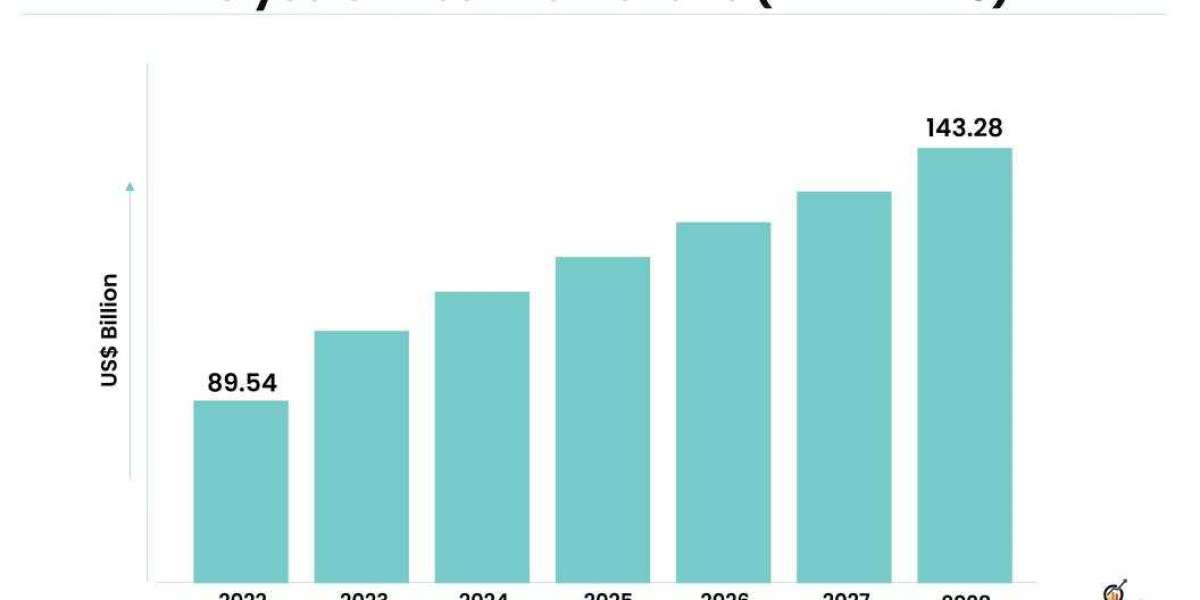The polyester fiber market, a cornerstone of the textile industry, has been navigating through a complex web of challenges in recent times. The polyester fiber market is estimated to grow from USD 89.54 billion in 2022 to USD 143.28 billion by 2028 at a healthy CAGR of 8.78% during the forecast period Amidst its remarkable growth, two significant hurdles have emerged - price volatility and supply chain disruptions. These challenges have not only tested the resilience of the industry but also prompted stakeholders to reevaluate their strategies.
Price Volatility: A Rollercoaster Ride
Price volatility is a recurrent theme in the polyester fiber market, driven by a combination of factors such as fluctuating raw material costs, geopolitical tensions, and macroeconomic shifts. The market's dependence on petrochemical products, particularly PTA (purified terephthalic acid) and MEG (monoethylene glycol), exposes it to the whims of global oil prices. Sudden spikes or drops in oil prices can lead to ripple effects, causing uncertainties in production costs and final product prices.
The impact of price volatility extends beyond manufacturers to retailers and consumers. Manufacturers find themselves walking a tightrope between maintaining quality and managing costs, often forced to absorb unexpected increases. Retailers face challenges in predicting market trends and setting competitive prices, while consumers experience fluctuations in the cost of everyday products. This unpredictability necessitates proactive risk management and strategic planning within the industry.
Supply Chain Disruptions: Unforeseen Challenges
The COVID-19 pandemic brought into sharp focus the vulnerability of global supply chains. Lockdowns, restrictions on movement, and labor shortages disrupted manufacturing processes and led to material shortages. The polyester fiber market, like many others, experienced the domino effect of these disruptions. The intricate network of suppliers, manufacturers, and distributors was strained, impacting both production schedules and product availability.
Supply chain disruptions underscore the need for diversification and localization. Overreliance on a single supplier or region can amplify the impact of unforeseen events. The polyester fiber market is now witnessing a shift towards more resilient supply chain strategies. Manufacturers are exploring partnerships with local suppliers, investing in digital supply chain management tools, and adopting just-in-time inventory practices to mitigate potential disruptions.
Adapting to Change: Strategies for Sustainability
In the face of these challenges, the polyester fiber market is turning towards innovative strategies to ensure sustainability and stability. One key approach is investing in research and development to find alternative raw materials. Bio-based polymers, derived from renewable sources such as corn and sugarcane, offer a promising solution to reduce dependence on petrochemicals. Additionally, recycling technologies are gaining traction, transforming plastic waste into high-quality polyester fibers, thereby addressing environmental concerns and ensuring resource efficiency.
Furthermore, fostering collaboration across the supply chain is vital. Open communication and information sharing can help stakeholders anticipate challenges and respond collectively. This collaborative approach is evident in the growing partnerships between manufacturers, suppliers, and distributors, aimed at creating a more resilient ecosystem.
Future Outlook: The Road Ahead
As the polyester fiber market continues to navigate through price volatility and supply chain disruptions, lessons learned from these challenges are shaping its future landscape. The industry's agility and adaptability will determine its long-term success. Manufacturers that embrace sustainable practices, diversify supply chains, and leverage technological advancements are likely to emerge stronger.
Global cooperation and innovative solutions will be paramount in overcoming these challenges. Governments, industry associations, and research institutions can play a pivotal role in fostering a conducive environment for growth. By incentivizing sustainability initiatives, promoting responsible sourcing, and investing in research, stakeholders can collectively chart a path towards a more resilient and prosperous polyester fiber market.
In conclusion, while price volatility and supply chain disruptions pose formidable challenges to the polyester fiber market, they also present opportunities for growth and transformation. The industry's ability to navigate these hurdles and embrace change will not only ensure its survival but also position it as a model for adaptability in a dynamic global landscape.














